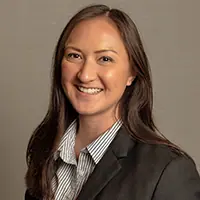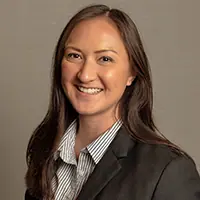
Rethinking the Conversation About Diversity and Inclusion
While financial institutions adjust to the new and challenging operating environment, they are also grappling with potentially fraught social issues, including how to increase and incorporate diversity and inclusion (D&I) efforts.
To learn how one of the industry’s most diverse leadership teams thinks about D&I ahead of Bank Director’s 2021 Bank Compensation & Talent Conference in Dallas, Texas, I spoke with Greg Cunningham, senior vice president and chief diversity officer at U.S. Bancorp. Cunningham shared how the bank, which has $567.5 billion in assets, practices authentic D&I inside the bank and how other banks can think about their own efforts in the context of broader social trends. The transcript that follows has been edited for brevity, clarity and flow.
BD: How does U.S. Bancorp practice diversity and inclusion?
GC: We’re headquartered in Minneapolis. George Floyd was murdered less than three miles from where our offices are. In February [2021], we decided to change the systems inside our organization. It was important for us to come to terms with how complicit the financial services industry has been in creating many of the disparities that we’re all concerned about and trying to solve for. Step one for us was acknowledging the role our industry played. Step two was saying, “What’s our role individually and how can we incorporate our core competencies?”
Our focus is squarely on “How do we stand up, across the entire bank, to help close the racial wealth gap?” White households have eight times the wealth that Black households have in this country. That’s not a Black problem, that’s an American problem. It’s a drag on the entire U.S. economy and it impacts every single American household in terms of household income.
[Another area of focus] is on our employees. We have the Rooney Rule in our organization: For every open position in our company, we have at least one woman and/or personal color candidate interview. We have scorecards for our managing committee members that we share with the board on a quarterly basis. We tie performance conversations to their diversity, equity and inclusion performance, just as we can do with financial performance. Accountability is everything. Without accountability, you won’t move the organization at all.
BD: Have these efforts been successful? And what does the bank have left to do?
GC: I think every organization struggles with what we call the broken rung: As you move up in an organization, the representation of women and people of color falls off. The broken rung at the executive level, moving into senior executive level, has been our focus.
We have to continue to do better. But the important point here is: This work is not about fixing women and people of color. They’re not broken. Too many times, diversity efforts focus on training women and people of color. No. We have to train managers to be more and better inclusive leaders. Leading inclusively is on everybody’s performance review. It’s part of the leadership expectation; if you don’t do this well, then you won’t continue to rise in the organization, because it’s on your performance review.
BD: How does US Bancorp keep its D&I efforts authentic and try to avoid tokenisms for your employees with diverse identities?
GC: I think the conversation in the future will be less about inclusion; the real aspiration is belonging. Belonging is ensuring that everybody has a place in the environment and that the culture supports everybody’s opportunity to be successful. Belonging is the notion that we co-create the environment together, that our voices are equal and that we’re creating the condition where everybody feels a sense of psychological safety, where they can speak up and can challenge the status quo.
BD: Banks may struggle to envision how they can increase diversity and inclusion if they haven’t started, or if they have started but don’t have someone in a role like yours. What advice would you share to others as they start or continue to evolve?
GC: My advice would be number one, understand your “why.” What is your real commitment to it? If you’re only doing it to check a box, to meet some sort of compliance standard, then I think you’re doing it for all the wrong reasons. You have to understand your why before you go down this path, because once you define your why, it will also help you understand this work.
You have to understand this takes long term commitment. The headlines come and go; you still have to do this work. You’ve got to have some stamina and real commitment and be willing to take an honest reflection of where you are in order to improve.



